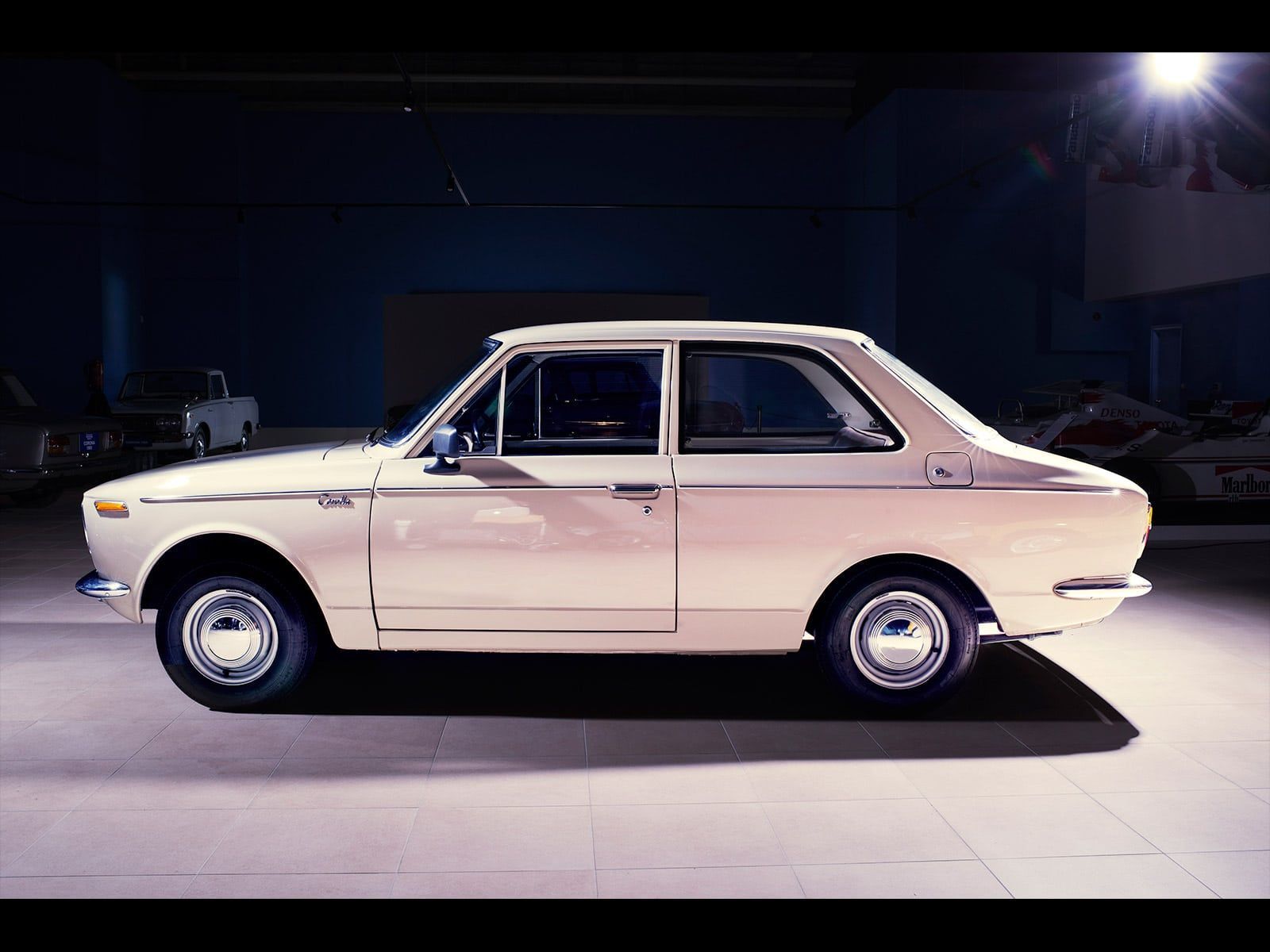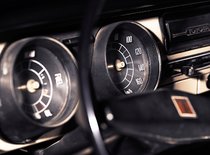Car for the People - Carolla Celebrates 50 Years
July 05 2016, Bolton Toyota

The first Toyota Corolla went on sale in Japan in November 1966. Canada welcomed the Corolla just a short time later, in 1967. One could say the little care made a favourable impression.
To date, there have been 43 million sold around the world - and still counting- making it the world's all-time bestselling vehicle. Corollas are built at 16 different plants around the world, including many at an award-winning plat in Cambridge, Ontario.
The following story - developed and published by Toyota Europe - provides a compelling backdrop to the incredible success that is the Corolla.
The Dream Comes True
For the people of 1960s Japan, owning a car was something of a dream, and rather than being used merely as a utility, they wanted a car they could be proud of - something that portrayed a sense of luxury.
Taking its name from the ring of petals around the centre of a flower, the Corolla was born under the slogan: 'The most wanted car by the market - presented to the world by bringing together the essence of Toyota's technology.'
Fundamentally, this meant that the Corolla was designed to exceed the public's expectations; a car which employed new technologies and techniques, that not only incorporated new levels of comfort, safety and specification in the class but, even more remarkably, incorporated features that were world firsts for a family car.
In those early days, the Corolla was such a revelation that it caused quite a stir when seen in person. According to salesmen of the time, customers would often shout "Wow!" on first sight, and it wasn't uncommon for a crowd to be drawn when a new car was delivered to customers.
For countries such as the Netherlands, where this pristine 1968 model sits on display in the Louwman Museum, the Corolla was one of the first Japanese cars to arrive on their shores, making the new model even more of a talking point.
An Icon
With its more traditional body shape, in contrast to other popular cars at the time like the VW Beetle and Renault 4, the Corolla was available in two distinct styles (two-door coupe, four-door sedan and two-door estate). Seeing one in person you are struck by how petite the original car looks in comparison to a modern-day family car, such as an Auris or Avensis.
With its neat proportions, intricate details and chrome trims, you can picture the Corolla in its heyday sitting by the kerbside as passers-by gushed with admiration.
At the front, two large headlamps frame a wide grille with a polished bumper located just underneath, while at the sides a chrome strip adorns the waistline as it runs from front to back. Adding a splash of luxury are stylish Corolla badges on the wings and a wide chrome garnish on the boot lid incorporating a Toyota badge.
Inside, the Corolla's passengers are welcomed into an airy cabin (thanks to the high roofline), a simple dashboard runs across in one clean piece while buttons and switches are at a minimum with the exception of a radio, ventilation controls and a glove box - features that weren't normally found in Corolla's class.
Occupants enjoyed individual bucket-type seats, rather than the more common bench, these reclined through 16 steps to flat and provided firm but comfortable support, while room in the rear was more than ample, being compared to a living room sofa at the time.
Driven By Quality
Technology developed in sports cars was adopted for the Corolla's transmission, with a 4-speed fully-synchronized manual transmission and floor-mounted gear lever making an appearance on a Japanese car for the first time. The sporty lever sits perfectly at hand from the large two-spoke wheel, itself sitting ahead of two large dials that captivate you with their simplicity.
Working as one with the advanced transmission was a high-quality 1.1-litre engine. It was common for family cars at the time to come equipped with a 1.0-litre engine, but it was felt that extra capacity under the Corolla's bonnet would ensure it maintained an air of superiority over the competition.
To endow the Corolla with a ride quality to match its engine, a MacPherson strut front suspension was fitted, another first for a Japanese car. After two-and-a-half years of continued development, the engineers had the setup perfected and it has gone on to serve as the standard suspension configuration for many cars today. At the rear, a semi-floating rear suspension was adopted that reduced the squeaking noise that could emanate from leaf springs.
The Corolla seemed to have it all - the looks, the engine and the comfort - but that wasn't enough for the project leaders, it needed to pioneer when it came to safety too. Initially offered with drum brakes on all four wheels, it wasn't long before front disc brakes were offered on some models, again, a first for a family car. As the model was developed, a range of new safety innovations would feature 2- and 3-point seat belts, 2-speed wipers, impact-absorbing steering wheel and column and headrests.
In only three short years from its launch in 1966, the Corolla had cemented its position in the hearts of the public by becoming the number one selling car in Japan.
Now, 50 years from when the first car hit the road, and in its 11th generation, the Corolla continues to evolve with the demands of a new world while building on the principles that made the original a success: innovation, safety, driving pleasure and affordability. By doing that, not only will the Corolla remain one of the most popular cars in the world, it will continue to shape stories and memories of owners across the globe.



